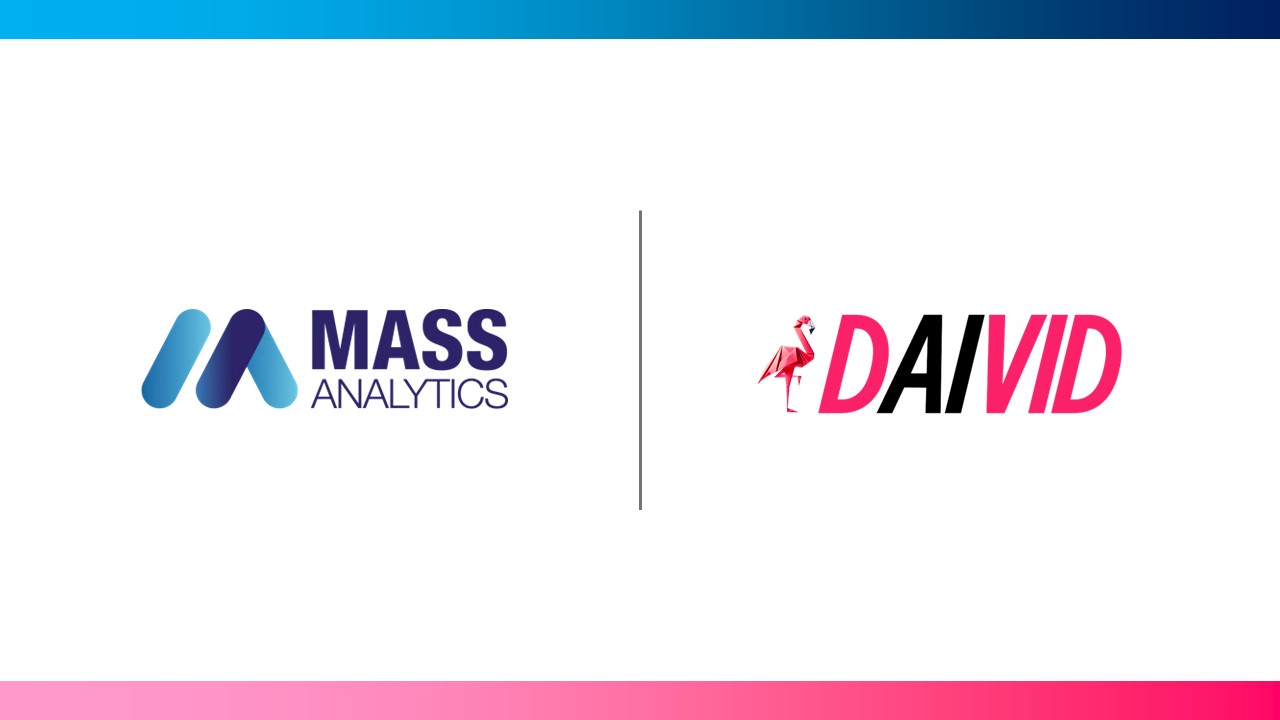How To Measure Brand Correctly In Your Marketing Mix Modeling Project
Modeling brand is an essential part of a modern MMM.
Afterall, it’s well-documented in marketing literature that brand perceptions influence sales, as research by Professor Koen Pauwels has shown.
In addition, brand is an important driver of company valuation in the form of brand equity. We have seen recently how Twitter’s rebranding to X wiped out anywhere between $4 billion and $20 billion in value and drove many users away from the platform.Your marketing mix model would therefore be lacking explanatory power and insight if it doesn’t include brand as a factor or KPI.
But brand can be a fuzzy thing to quantify. There’s a wide variety of scales and many brand tracking providers out there with their own proprietary approaches.
In this article, we outline the different metrics you can use and how to integrate them practically in your marketing mix model.
How Brand Health is Measured
To measure brand health, marketers often resort to using consumer attitude metrics as they connect well with marketing activities. These are estimated regularly in surveys to keep a pulse on consumer sentiment. Surveys can be as simple as one question measuring Net Promoter Score (NPS), to very complex questionnaires with hundreds of items.
Because MMM requires frequent data for time series analysis, you will likely need a specialized brand tracking provider that can perform regular surveys to match the frequency of your model refreshes. Examples of such providers include YouGov BrandIndex and Kantar Worldpanel.
There are many brand health metrics that could be tracked. In the case of MMM, however, the following are usually measured:
- Brand Awareness: measures the level of recognition and familiarity that consumers have with a brand. It can be assessed through aided and unaided awareness.
- Brand Consideration: assesses whether consumers would consider or evaluate a brand when making a purchase decision within a particular product category. It indicates a brand’s relevance and attractiveness to potential customers. High brand consideration means that the brand is top-of-mind when consumers are thinking about purchasing a product in that category.
- Purchase intent: gauges a consumer’s willingness and likelihood to purchase a product or service from a particular brand. It’s a critical indicator of a brand’s effectiveness in converting interest and positive perception into actual sales. Higher purchase intent means that consumers are more inclined to buy from the brand.
Use of Proxies
If brand tracking is not possible, whether due to financial constraints or lack of market coverage, there are alternative metrics you can use that we have found to be good proxies for brand health.
They are:
- Share of Search: measures brand visibility in organic search compared to other companies/competitors.
- Brand Search Volume: The number of times a brand name or related keywords are searched for can provide insights into brand awareness and popularity. High search volume may indicate a strong brand presence.
-
Brand Impressions: represents the number of times a brand’s content, such as advertisements, social media posts, or other digital assets, is displayed on various online platforms and potentially seen by users. A significant number of impressions can lead to increased brand awareness. When people repeatedly see a brand’s content, it can lead to brand recognition and recall.
-
Website Traffic: The number of visitors to a brand’s website is a direct indicator of interest and engagement. Higher website traffic can indicate strong brand awareness and interest among consumers.
Pitfalls in Brand Tracking
Say you have spent a significant amount on a brand campaign. You would naturally expect to see a positive effect on brand awareness. However, your brand tracking metric does not indicate any change.
It’s possible there was an issue with the tactical execution, maybe the campaign flopped. However, sales are rising and your conversion KPIs are pretty good. Maybe it’s a one-time fluke or a long-term effect that has not been felt yet. But it keeps happening campaign after campaign. In fact, it even seems your brand KPI is negatively correlated with your media activity (remember correlation does not always indicate causality)!
In this case, there’s probably an issue with your brand metric data. When using a brand health metric, it’s important that the modeled brand KPI is responsive to media investments. Otherwise, you can’t influence or optimize it. Hence, the choice of a relevant brand KPI is a must.
Data Driven Brand Health Selection
If you rely on a brand tracking provider, be sure to get a test sample of their data and ask them to explain their data collection methodology. Some questions to ask include:
- Which brand metrics do they measure?
- Are they transparent about their approach?
- Is the sample they use representative? Is it sufficiently granular for your needs?
How to integrate Brand Metrics to Your MMM
There are two ways to integrate brand metrics into your Marketing Mix Model:
- Create a simple model with brand health as the KPI: this is okay if it’s a standalone model, but if you have a separate model for sales, your results will be less accurate as it will not factor in the effect of Brand.
- Use a nested modeling approach to integrate the effect of Brand on other KPIs: this is the approach we recommend as it captures the effects of your entire marketing mix, but it is more complex.
The choice of brand metric is most important here. As mentioned earlier, your choice of brand metric depends on the quality of the signal. Therefore, you must first start by collecting all possible data sources for brand health available to you (Remember the ones we listed earlier) and plotting them.
The next step is smoothing the data. This is important as brand health metrics often exhibit a lot of noise. One way to do that is by using a moving average or median filter processor. The choice of the Marketing Mix Modeling software used can make this process seamless.
Be careful, however, do not overdo it! Once the data is smoothed, pick the one that is most responsive to your media or KPI. You can build a simple model from this. It will track Brand separately or nest it in a series of equations that model the buyer’s journey, with top of funnel metrics like brand predicting bottom of funnel metrics like sales.
Let’s take an example:
- Top of funnel model: Paid Search as KPI, independent variables include brand campaigns and offline channels.
- Middle of funnel model: website traffic/visits as KPI, paid search, online channels as independent variables
- Bottom of funnel model: Sales as KPI, independent variables everything else
Conclusion
With various brand health metrics available, the choice depends on the quality of the data signal and its responsiveness to your marketing activities. By following the steps outlined in this article, you can create a robust MMM that accurately reflects the effect of brand on your business performance.







